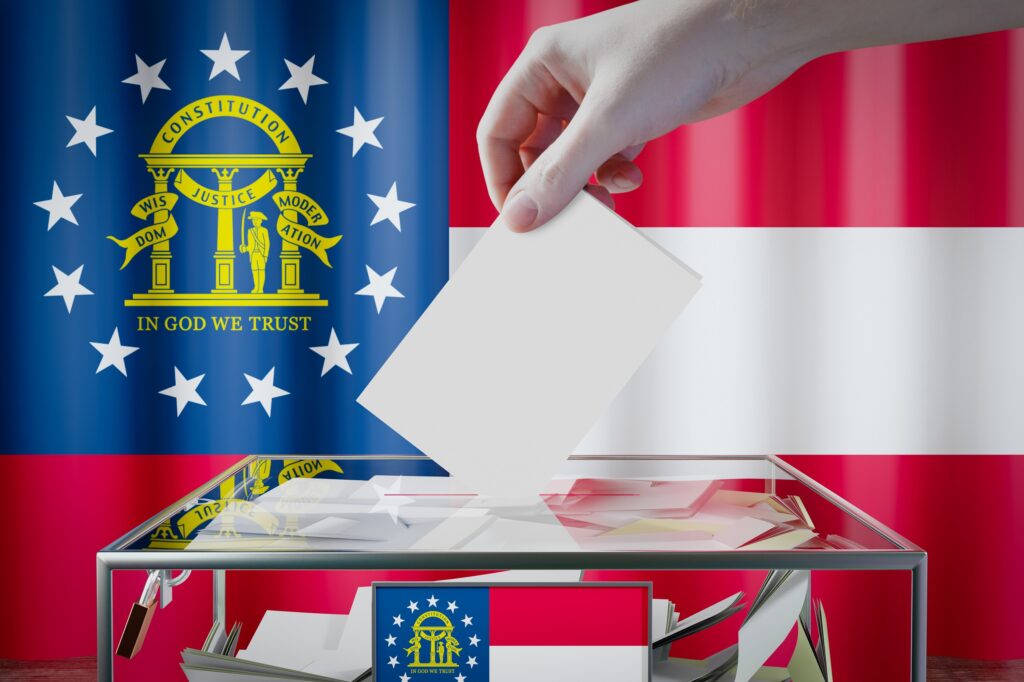Reality Check: The regulatory landscape for virtual and augmented reality
Author
Introduction
The mobile game Pokémon Go burst onto the scene in July 2016 and, within weeks, had acquired an amazing 45 million daily users. Alas, its popularity began to fade just as quickly, losing a quarter of its peak base by August and prompting some critics to dismiss the phenomenon as a “fad.”
But the game remains profitable and is likely to retain more than 20 million users in 2017, according to analysis by the technology website Ars Technica.
More importantly, Pokémon Go popularized the concept of “augmented reality,” or AR, in a way no other product had done to date. The Tech Policy Lab at the University of Washington defines AR as “a mobile or embedded technology that senses, processes and outputs data in real time, recognizes and tracks real-world objects, and provides contextual information by supplementing or replacing human senses.” Google searches for augmented reality reached their all-time high in the week following Pokémon Go’s July 6 launch.
For Pokémon Go players, stepping out of one’s front door marks the beginning of an adventure in which strangers become allies and public areas become stages for exploration. The game offers a window into the potentially endless ways creative developers could “augment” the physical world. AR superimposes artificial elements onto one’s physical surroundings, in contrast to virtual reality (VR), which offers self-contained artificial environments. Technologist Tomi Ahonen has called AR “the eighth mass medium,” following print, recordings, cinema, radio, television, internet and mobile; he predicts exponential growth on a pace similar to the trajectory of those earlier media.
Though still a new technology, early AR applications already have included Waze, which offers real-time traffic navigation; Google Sky, which offers educational insights about astronomy; and informational apps like Yelp’s Monocle, which overlays ratings for local businesses. AR apps can provide live descriptions of television and movie scenes for the blind or overlay subtitles for the deaf. VR can help paraplegics to recover and help those with cerebral palsy to walk normally. Augmented reality and virtual reality could be used to teach people to drive and may even lower the cost and risk of training people to perform dangerous jobs, such as welding or even surgery.
With the rise of the internet of things, 5G wireless networks, smart cities and open data, augmented reality – just like the smartphone itself – could revolutionize and streamline how we interact with our world. Full adoption of VR and AR by 2020 could mean as much as $126 billion in global economic impacts, according to a report by the Analysis Group. Bank of America estimates VR will become a $150 billion industry, with more than 300 million global users by 2022.
In addition to popularizing AR, Niantic Inc.’s release of Pokémon Go also served as a test case for the technology’s legal and regulatory complications. Public response to its launch revealed concerns about safety, privacy, free expression, cybersecurity, e-commerce and intermediary liability. These include issues stemming both from the input of sensory information that the AR or VR device or platform receives, as well as the output or information conveyed.
Read the full study here.










